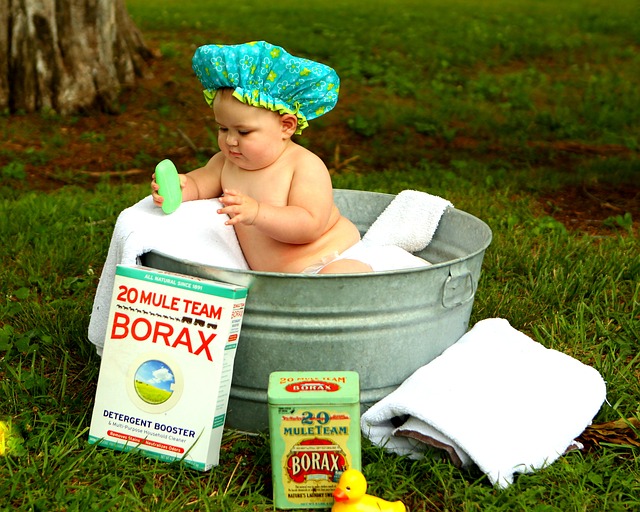Dear Annie, you’ve talked about using sitz baths to help relieve abdominal organ prolapse, rectal prolapse, hemorrhoids, and yeast infections. Please give me more information. What is a sitz bath, and how is it used?
Thank you for asking such a great question.
What is a Sitz Bath?
A sitz bath is a kind of hydro or water therapy where a person sits in warm shallow water. The name comes from the German word “sitzen,” meaning to sit. The intent is to target therapy to the lower pelvic area, the genitourinary organs and between the legs. This includes the anal opening, urethra, and perineum, the vaginal opening for women, and the scrotum and penis in men. Sitz baths are sometimes called “hip baths” depending on how much water is used.
Why take a Sitz Bath?
First and foremost, if you’ve ever enjoyed one, you know how great they feel. Warm water increases circulation to the lower abdominal region, soothing and relaxing tender, often ignored tissues. Sitz baths are a gentle way to support and cleanse the genital area. They help relax the hips, low back, and lower abdomen. Use them to help relieve pain and itching, to relax tired muscles, and to ease general lower body soreness and fatigue.
A Sitz Bath is often a blessing for some of the following conditions:
- Hemorrhoids
- To help ease the pain of an anal fissure, or tears in the mucosal lining of the anus
- After childbirth to soothe and heal the vaginal opening, and perineum, including damage from episiotomies and tears
- Abdominal organ prolapse
- Rectal prolapse
- Treat urinary tract infections
- Prostatitis
- Chronic constipation
- Genital herpes
- Menstrual Cramps
- Vaginitis
- Yeast infections
- Assist in the healing of surgery in the genital urinary area.
Hip baths, with slightly deeper water, can offer relief to lower back pain and strain. Deeper water can also offer soothing comfort to inflammatory conditions of in the abdominal region.
How to take a Sitz Bath
No special equipment is needed for a Sitz bath. They can be taken in a bathtub or any smaller basin large enough to submerge the groin area and buttocks.
If you prefer, a sitz bath basin can be purchased that will fit over your toilet seat. These can be purchased at most pharmacy’s or online and have the advantage of convenience. Sitting is easy and secure, no need to undress and there is very little fuss. (See picture.)
Several ingredients can be added to your bath depending on what’s going on. Epsom salts (magnesium sulfate), Apple Cider Vinegar, Witch Hazel, Herbal infusions, and Baking Soda are among the most popular (and beneficial).
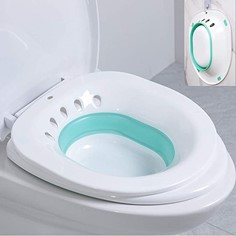
- Epsom Salts, as well as other pure salts, like sea salt and Himalayan salt promote cleaning and healing of the tissues. Use about ½ cup in a bathtub and ¼ cup if using a basin. *Use only non-cosmetic salts that contain no fragrance or coloring.
- Live, Raw, Apple Cider Vinegar helps rebalance to a healthy pH and encourages healthy microbial growth in the lower digestive, reproductive and urinary systems. It is a useful addition when treating yeast infections, bacterial overgrowth, and urinary tract infections. ACV is also helpful when treating skin irritations and rashes. Use 1 or 2 tablespoons per cup of water.
- Witch Hazel is a powerful, yet gentle astringent with a toning action that promotes tissue healing and muscular tone. It helps reduce pain, itching, swelling and inflammation. Witch hazel is especially useful to help speed healing to wounds, rips, tears, hemorrhoids, surgical incisions, and the like. Plus, it’s easy to get at almost any store.
- An Herbal Infusion is like an herbal tea in which the herbs have been steeped in boiling water for a minimum of 20 minutes. (Click here for more information on herbal infusions). Many different herbs can used depending on up your individual situation. To make an herbal infusion place 1 ounce of dry herbs (a large handful) in 1 quart of boiling water. Cover and let steep for 20 minutes. Strain into the sitz bath and add water until you reach the preferred temperature.
- Baking Soda, or sodium bicarbonate, can be added to the sitz bath to help reduce swelling, itching, to sooth sensitive skin and to help balance pH. Studies show that common baking soda has antifungal activity that is beneficial when working with yeast infections, Candida overgrowth and other mild fungal infections. Try adding 2 to 4 tablespoons to your sitz bath (either alone or with other ingredients), to help relieve discomfort of hemorrhoids, yeast infections, urinary tract infections, herpes outbreaks or to sooth your tender bits.
The water in the bath should be warm and comfortable (unless your doctor says cold is best for you), but not hot.
How much water to use
When using a bathtub 3 or 4 inches of water is usually enough. Less is needed for a basin-type sitz bath where 2 to 4 quarts is average, depending on the size of the basin. Be sure to leave some headroom, so you don’t overflow when sitting down.
How often is a sitz bath recommended?
Usually, sitz baths are recommended as needed once or twice per day. They can even be taken an hour or so after postpartum. If a there is a tear or episiotomy to the perineum, or after surgery, it’s best to wait 24 hours before starting the baths to be sure no infection is present.
Recipes for a Sitz Bath:
Simple Got it at Home Sitz Bath
- ¼ cup (1/2 cup if using a bathtub) Epson salts or Sea Salt
- 2 to 4 tablespoons baking powder
Dissolve salts and baking powder in warm water in a quart jar (or any handy container). Pour into bath or basin. Fill remaining space with water that is comfortably warm, not hot, water. Sit in bath for 15 to 20 minutes.
Velvet Bottom Sitz Bath (From Katia LaMone, Midwife and Herbalist)
Speeds the healing of any tears, reduces hemorrhoids and fights infection.
- 3 parts Comfrey Leaf (heals wounded tissue; helps body repair perineal tear)
- 2 parts Calendula Petals (soothes and heals inflammation and injury)
- 2 parts Our Lady’s Mantle (astringent, tones pelvic area, helps with prolapse)
- 1 part Scarlet Globe Mallow (reduces inflammation, heals sores, skin)
- 1 part Yarrow (for edema, topical anesthetic)
- 1 part Yerba Manza Root or Echinacea (broad spectrum antimicrobial)
- 1 part Rosemary leaf (astringent)
- 1 part Lavender (astringent, antimicrobial; encourages tissue regeneration)
- 1 part Rose (astringent, just plain pleasant)
- 1 part Uva Ursi (astringent and antimicrobial)
- 1 part White Oak Bark (if hemorrhoids)
- 1 part Witch Hazel Bark (if hemorrhoids)
Pour 1 quart of boiling water over ½ cup of mixture. Cover and let steep for 20 minutes. Strain mixture into a sitz bath pan or tub. Sit in sitz bath for 20 minutes. If using as postpartum sitz bath for healing tears, wait to use 24 hours after the birth
Sitz Bath for Abdominal Organ Prolapse
- 2 parts True Solomon’s Seal
- 2 parts Our Lady’s Mantle
- 1 part Rose Petals
Pour 1-quart boiling water over ½ cup (a large handful) of herbs. Cover and let steep for 20 minutes. Strain into sitz bath pan or bathtub, adjust water temperature and depth. Enjoy for 20 minutes.
Further Reading
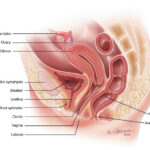
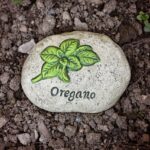


Healing the causes of suffering – A four-step model for healing





















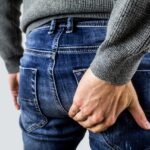


References
https://www.saintlukeskc.org/health-library/taking-sitz-bath
https://midwiferytraditions.com/2015/08/09/sitzbath/
https://littlegreendot.com/sitz-bath-101/
Winston, David, RH (AGH); Herbs and Natural Products for Topical Applications; Southwest Conference for Botanical Medicine, 2012
https://link.springer.com/article/10.1007/s11046-012-9583-2
https://link.springer.com/article/10.1007%2Fs00284-014-0585-9
LaMone, Katia CPM, MPH; Childbearing Years, Herbs for Midwives, Doulas and Birth workers; Herbal Medics University, 2017

